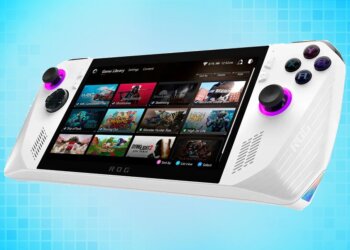During Nintendo’s big reveal of the Nintendo Switch 2, all eyes were on the new hardware, yet the details about the chip powering it remained a mystery. Nvidia, responsible for creating the custom chip, has now shed some light on what’s under the hood in a recent blog post.
At a developer roundtable, Tetsuya Sasaki, the Switch 2’s technical director, mentioned, “Nintendo tends to keep hardware specs under wraps. Our focus is truly on the value we deliver to our users.”
True to form, Nvidia hasn’t spilled the beans on specifics like core counts or speeds. However, they’re promising a major leap forward, boasting that the new chip delivers “10 times the graphics performance of the original Nintendo Switch.”
The innovations don’t stop there. Nvidia’s RT cores introduce hardware-accelerated ray tracing, lighting, and reflections. Meanwhile, the tensor cores are essential for DLSS upscaling, likely enabling 4K visuals when docked and reaching up to 120 frames per second in handheld mode.
A neat addition to this upgraded chip is AI-driven features, such as face tracking and background removal. This technology takes center stage in the new social GameChat feature and Nintendo Switch 2 titles like Super Mario Party Jamboree. It’s still unclear whether these features leverage the same technology found in Nvidia’s PC tool, Nvidia Broadcast.
Moreover, Nvidia revealed that the Switch 2 includes a new variable refresh rate (VRR) display powered by G-Sync in its handheld mode, aimed at eliminating screen tearing.
It’s worth recalling that Nvidia also powered the first Nintendo Switch with a customized version of the Tegra X1. Despite the chip’s age at launch, Nintendo stretched its use impressively, with games continuing to release eight years down the line.
Gamers and developers alike are eagerly waiting to see how much more performance can be tapped from the new chip as the Switch 2 gears up for its market debut on June 5, priced at $449.99.








































